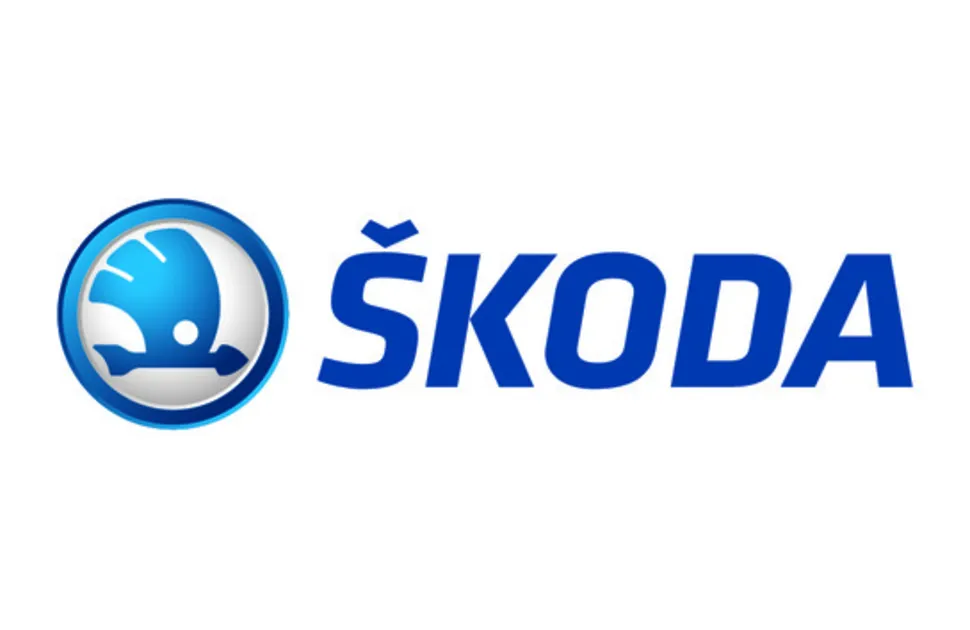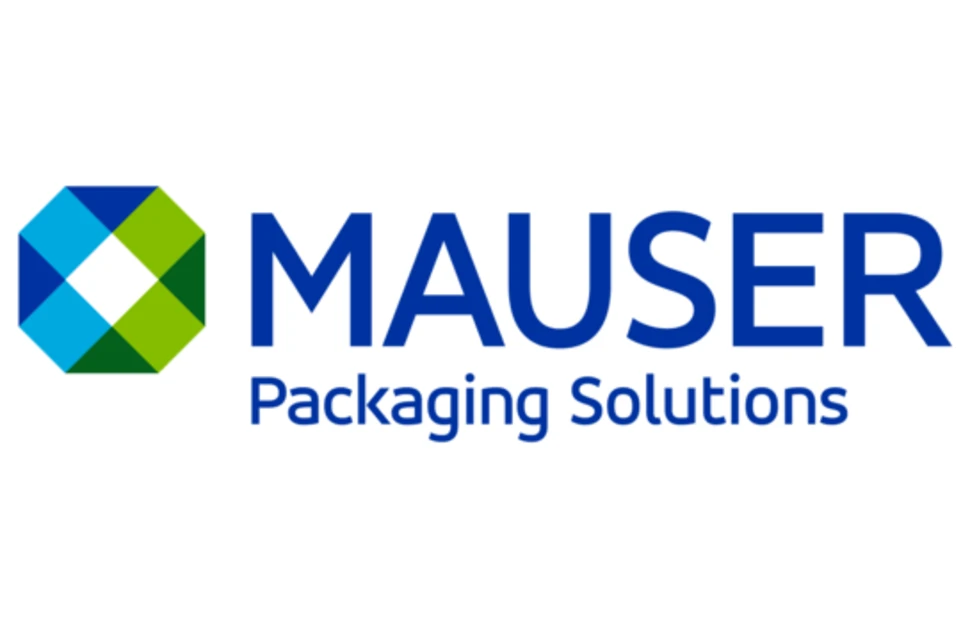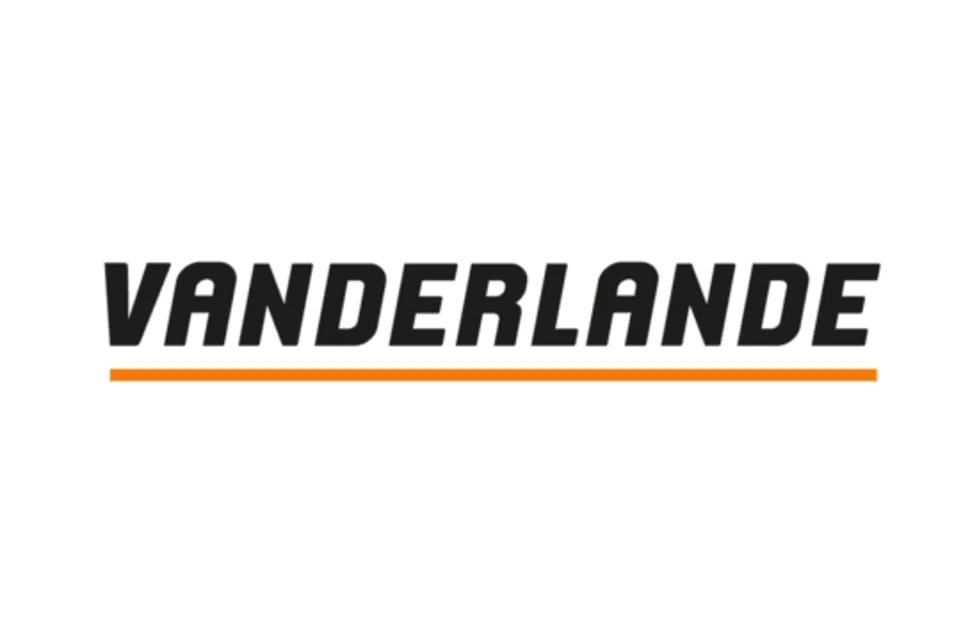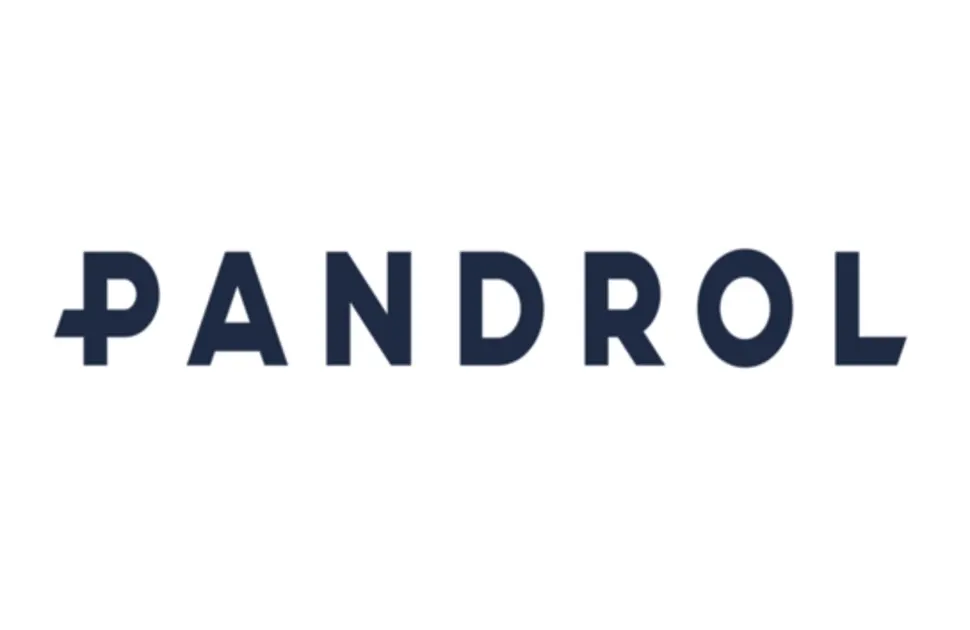Winners and losers: US importers adapt to steel tariffs
Steel importers in the United States are adapting their supply chains to maintain shipments above two million tonnes per month, despite the country’s stringent import tariffs.
It is now more than five months after the reinstatement of Section 232 import tariffs and two months after the doubling of the tariff rate, to 50%. However, data published by the International Trade Administration (ITA) indicates that, despite reshaping some trade flows, the measures have not succeeded in significantly reducing import volumes or supporting prices.
Steel imports into the US were down by 5.2% year-to-date, to 15.29 million tonnes in the first seven months of the year, according to the latest data. This includes provisional import licence data for July. The front-loading of imports, ahead of the expected introduction of tariffs, has influenced the year-to-date figure. In January, 2.8m tonnes of imports arrived at US ports.
Reduced trade with established sources
Significant year-on-year reductions have been recorded for steel imports from: Canada, down 22.5% year-to-date and 43.3% year-on-year in July; Japan, down 17.7% year-to-date, 50.4% in July; and Vietnam, down 29.4% year-to-date, 27.4% in July. All three of these countries are among the US’s top eight steel import sources.
Among the EU countries to suffer the most significant trade losses, year-to-date, are Belgium (down 27.3%) and Italy (down 24.1%). However, both Germany (up 30.5%) and Spain (up 16.1%) have grown their exports to the US over the same period.
- This article was first published in the August edition of MEPS's International Steel Review. The monthly report provides subscribers with steel prices, indices, market commentary and forecasts from key global steel markets. Contact MEPS for details of how to subscribe.
The ITA’s Flat Carbon and Alloy category accounts for the much of the year-to-date decline in imports in the US, falling by 18.8% during the period. The decline in the Long Carbon and Alloy products category is a lesser 7.7%. However, there is an increase of 8.6% in the other four steel import categories. Pipe and Tube imports rose by 9.9%, to almost 2.9m tonnes and Semi Finished products by 8.6%, to nearly 3.9m tonnes.
MEPS’s research respondents in the US say that domestic requirements have prompted a shift in the most commonly ordered products, with tariffs influencing their country of origin. Wire rod imports, in particular, have continued to rise. They increased by 20.8% year-to-date to the end of July, reaching 770,621 tonnes. This follows a 37.8% rise in the same period of 2024.
MEPS respondents in the US Midwest say that the effect of tariffs on wire rod purchases from Canada has deepened supply issues resulting from production issues at Liberty Steel’s plants.
Volumes rise from various import origins
Total imports from Malaysia are up 263.7% year-to-date, to 94,882 tonnes, with over half of that volume accounted for by wire rod. Egypt’s year-to-date steel exports to the US are also up 26.2% year-on-year to 261,115 tonnes. Much of this was delivered in June, when a record 96,442 tonnes of material arrived in the US. Of this total, 87,826 was rebar or wire rod.
Among the other import sources which have increased their exports to the US, year-to-date, are: Taiwan, up 24.1% to 682,021 tonnes; India, up 164.4% to 304,906 tonnes; and Indonesia, up 152.2% to 89,073 tonnes.
Even after the June 4 doubling of Section 232 tariffs to 50%, limited demand has continued to mitigate the effect of the tariffs on US domestic steel prices. All MEPS’s US flat product prices declined this month.
However, many MEPS respondents in the US said that new import orders had stalled due to the increased cost of tariffs. Consequently, the full effect of the 50% tariff rate on steel supply might not yet have been realised.
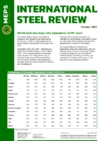
Source:
International Steel Review
The MEPS International Steel Review is an essential monthly publication, offering professional analysis and insight into carbon steel prices around the world.
Go to productRequest a free publication
